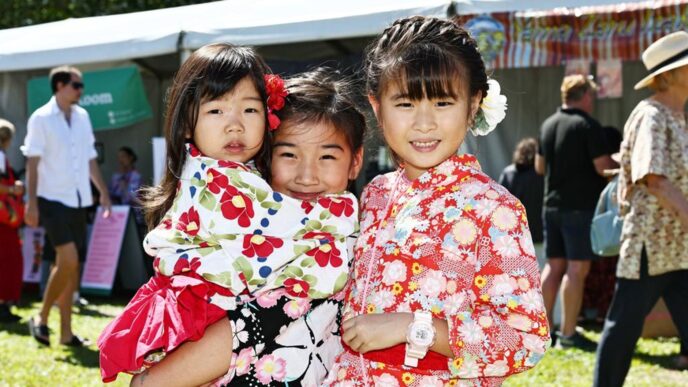With over 22 lakh candidates appearing for NEET UG 2025, the demand for MBBS seats in India remains extraordinarily high. Given the limited number of seats domestically, a growing number of Indian students are now looking abroad to secure their medical education. While Eastern Europe, Russia, and West Asia have traditionally been preferred destinations, Japan is fast emerging as an attractive alternative.
Rising International Student Enrolment
Japan has seen a surge in international students in recent years. According to the Japan Student Services Organization (JASSO), the number of foreign students stood at 279,274 in 2023—a 20.8% rise from the previous year. By May 2024, this figure had climbed to 336,708, marking a further 21% increase. A significant share of these enrolments is in higher education, including medicine, nursing, and allied health sciences.
Visa and Student Life
Aspiring medical students begin their journey by securing a Certificate of Eligibility (COE) from the admitting institution. This document allows them to apply for a student visa, typically valid for the course duration. Upon arrival, students receive a Resident Card and are required to join Japan’s National Health Insurance scheme, which covers around 70% of medical expenses at an affordable premium of about JPY 1,800–2,000 (₹1,100–1,200) per month.
Medical Courses and Specialisations
Japan offers a six-year MD programme, equivalent to MBBS, with an increasing number of English-medium options. In addition to core clinical subjects, new specialisations are gaining ground, including Global Health, Public Health, Biomedical Science, and Healthcare Management. Given Japan’s rapidly ageing population, fields such as Geriatric Nursing, Palliative Care, and Digital Health are also in high demand.
Application Timeline for Indian Students
For Class 12 graduates in 2026, the first step will be clearing NEET UG 2026, as Japanese universities require a valid NEET score. The earliest feasible intake is April 2027, since Japan’s academic calendar begins in April and the interval between NEET results and admission is too short to complete visa and documentation processes. Students often use the gap year to improve Japanese or English proficiency, prepare paperwork, and strengthen applications.
Costs of Studying Medicine in Japan
The cost of pursuing medicine in Japan varies depending on the institution. Public universities charge an annual tuition of around JPY 535,800 (approx. $5,000), while private universities can range from JPY 1.2 million to JPY 2 million ($11,000–18,000). For instance, Tokyo Medical University’s six-year MD programme costs about JPY 29.4 million in total. Living expenses, covering accommodation, food, transport, and utilities, average between JPY 120,000 and JPY 150,000 (₹66,000–83,000) per month, with higher costs in Tokyo compared to regional cities.
Placement and Career Prospects
Medical graduates must pass Japan’s National Medical Licensing Exam, which requires strong Japanese proficiency (JLPT N2 or higher). While the Foreign Medical Graduate Examination (FMGE) is not required for practicing in Japan, Indian students returning home must clear the FMGE to practice in India. Those proficient in Japanese enjoy high employability in Japan’s healthcare sector, particularly under the Specified Skilled Worker (SSW) pathway, which has growing demand for medical and nursing professionals.
Preferred Universities for Indian Students
Top institutions attracting Indian students include the University of Tokyo, Keio University School of Medicine, Osaka University, and Tohoku University. These universities are well regarded for their clinical training, biomedical research, and English-medium programs. Smaller hubs such as Hirosaki University are also gaining popularity through niche research collaborations.
A New Destination on the Map
With high-quality education, advanced research opportunities, and increasing demand for healthcare professionals, Japan is positioning itself as a promising destination for Indian medical aspirants. While the pathway requires careful planning, language preparation, and financial investment, it offers global exposure and career prospects that align with India’s growing interest in international medical education.

















